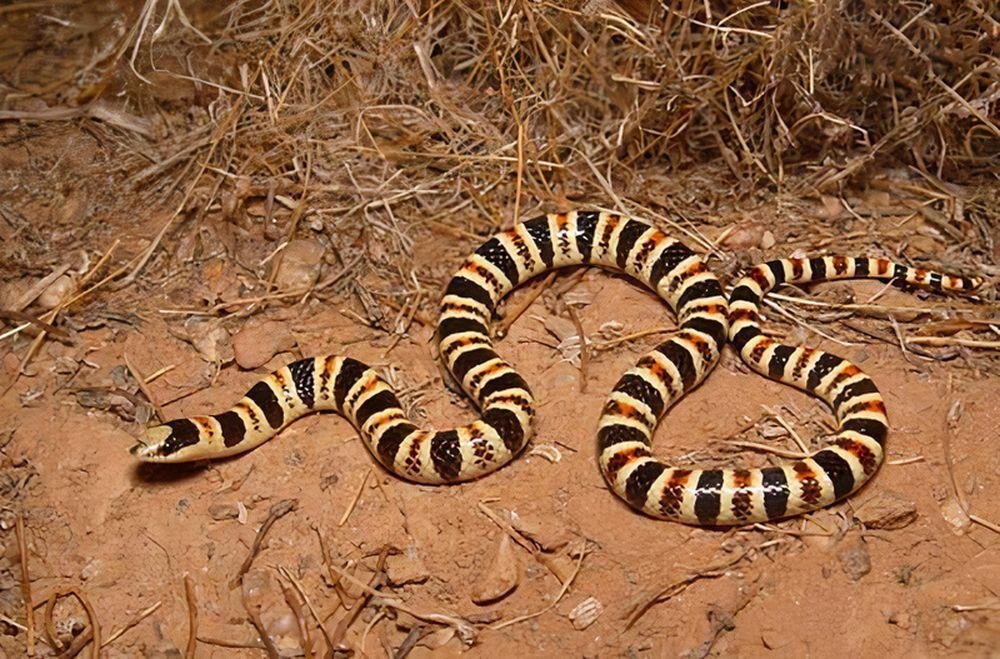arizona
Tucson Shovel-Nosed Snake: 9th Circuit Investigates If Genetics or Coloration Determines Subspecies

A conservation group has brought legal action against the denial of Endangered Species Act protections for the Tucson shovel-nosed snake, presenting its case before a Ninth Circuit panel in Phoenix on Friday.
The Center for Biological Diversity first petitioned for the snake’s listing as endangered in 2004, reiterating its request in 2020 after the U.S. Fish and Wildlife Service dismissed the initial petition. The organization argues that agricultural and urban development has decimated at least 39% of the snake’s habitat in Maricopa and Pinal counties within the northern Sonoran Desert, suggesting that the subspecies is on a path toward extinction.
In its defense, the Fish and Wildlife Service referenced a 2014 U.S. Geological Survey study indicating that the Tucson shovel-nosed snake falls under a broader subspecies designation, the Sonoran shovel-nosed snake. This broader classification spans a habitat range approximately 200 miles west to the California border, encompassing a greater land area than initially recognized by the conservation group.
“When you define the snakes by genetics, which is the scientifically preferred method, vast areas of their range are protected,” argued Justice Department attorney Joan Pepin to the judges. She contended that these snakes are not at risk of extinction, even with some developmental encroachment in parts of their habitat.
The Fish and Wildlife Service had once aligned with the Center for Biological Diversity’s concerns, placing the Tucson shovel-nosed snake on a waiting list for protections in 2008. However, after reversing its stance in 2014, the center challenged the service’s findings, citing a letter from Dr. Phil Rosen, an expert on these snakes, who pointed out inaccuracies in the agency’s conclusion.
In its 2020 petition, the center included Rosen’s research, which posited that the snake’s distinctive coloration—a crucial aspect of its survival—was a more reliable indicator of its subspecies than genetic comparisons that included snakes adapted to diverse environments. Rosen contended that the habitat range defined by the service included elevations unattainable for the Tucson shovel-nosed snake, which prefers flat, sandy desert terrains.
Despite this, the service rejected the petition again, asserting that Rosen’s claims did not introduce new or substantial evidence but merely proposed alternate interpretations of previously examined data.
The Center for Biological Diversity filed a lawsuit in 2022, but a federal judge in Arizona ruled in favor of the Fish and Wildlife Service, prompting the appeal heard on Friday.
In court, Brian Segee, the center’s in-house counsel, argued that the service failed to assess new evidence presented by Rosen adequately. He maintained that the service’s initial decision-making process was flawed due to an insufficient 90-day evaluation period for complex scientific data.
Segee emphasized that the service should have regarded Rosen’s submissions as legitimate scientific contributions, warranting a more thorough examination during the subsequent 12-month review phase.
On the other hand, Pepin countered that Rosen’s focus on coloration did not adequately challenge the established genetic considerations, describing his arguments as lacking scientific rigor. “Conclusions without scientific backing are not considered new information,” she said, pointing out that the color variation among the species makes it an unreliable metric for assessment.
The panel, which included U.S. District Judge Richard Seeborg, along with U.S. Circuit Judges Richard Paez and John Owens, evaluated both sides of the argument. Seeborg raised critical questions regarding the soundness of the service’s analyses, particularly the implications of including elevations inaccessible to the Tucson snake within its habitat range.


















